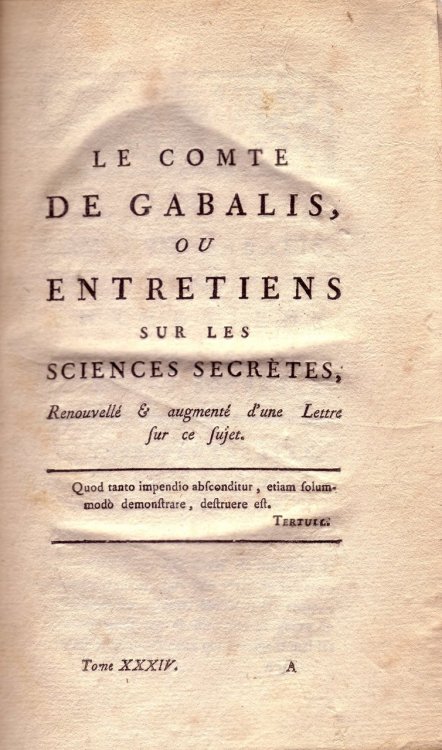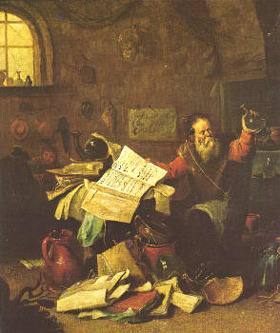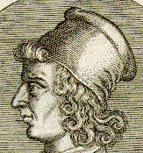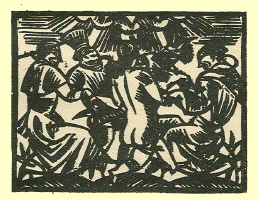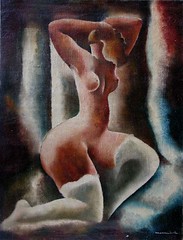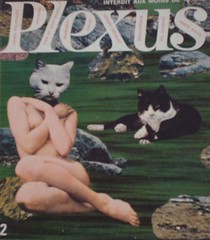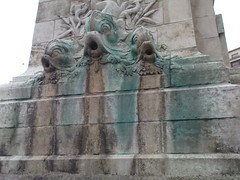Introducing Le Comte de Gabalis
Title page
I’ve just spent a good deal of hours researching Comte de Gabalis, a quest prompted by a new release on Creation Books’ Creation Oneiros imprint and the reference I found there to occult fiction. Wikipedia has no entry on occult fiction but Googling them did bring up Gabalis.
I am not that a big a fan of occultism except when I find it represented in fiction, such as supernatural horror or le fantastique.
A recap of what I found:
The Comte De Gabalis is a 17th century grimoire (posing as a novel of ideas) by French writer Abbé N. de Montfaucon de Villars, first published anonymously in 1670. The book is dedicated to Rosicrucianis and Cabalism and based on Paracelsus’s four elementals: Gnomes, earth elementals; Undines; water elementals, Sylphs, air elementals and Salamanders, fire elementals. It is composed of five discourses given by a Count or spiritual master to the student or aspirant. The Encyclopedia of Occultism and Parapsychology by the Gale Group notes that the work may be a satire of the writings of la Calprenède, a popular French writer of the 17th century.
The Alchemist by David Teniers the Younger
The most interesting aspect of The Comte De Gabalis is the sexual union of gods and mortals. I like half creatures and I like the sexual part of it. It was the work of the minor British publisher of anthropologica Robert H. Fryar who most clearly brought this link to my attention by reprinting in the late 19th century the Comte de Gabalis with its tale of the immortalization of elementals through sexual intercourse with men and supplementing the work with long citations from the recently discovered Demoniality Or Incubi and Succubi, an eighteenth-century work by Father Sinistrari on the dangers of incubi and succubi.

